Hi,
My egger recently laid a soft egg...I didn't know it was her at the time. I gave extra calcium though they were already getting it.She before this had been acting like she wasn't feeling well. She wasn't moving much. Just kind of laying around with her eyes closed... .Then 2 nights ago I found a egg on the ground under her roost with a orphington. Now she's doing it again...What can I do? To me this looks like an egg with yolk and blood in or on the egg...if she wasn't acting sickly I would think all this a fluke.. Help! what can i do.. I did find antibiotcs but I don't know what to use , how much, and we'd like to be able to eat eggs after this..Oh! I've not had any pastel eggs either...maybe cream...she's almost a year old.
thank you!
Goldie
My egger recently laid a soft egg...I didn't know it was her at the time. I gave extra calcium though they were already getting it.She before this had been acting like she wasn't feeling well. She wasn't moving much. Just kind of laying around with her eyes closed... .Then 2 nights ago I found a egg on the ground under her roost with a orphington. Now she's doing it again...What can I do? To me this looks like an egg with yolk and blood in or on the egg...if she wasn't acting sickly I would think all this a fluke.. Help! what can i do.. I did find antibiotcs but I don't know what to use , how much, and we'd like to be able to eat eggs after this..Oh! I've not had any pastel eggs either...maybe cream...she's almost a year old.
thank you!
Goldie
Attachments
-
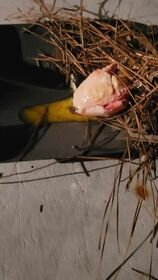 426886954_1659567484813389_6835418650637563559_n.jpg10.3 KB · Views: 41
426886954_1659567484813389_6835418650637563559_n.jpg10.3 KB · Views: 41 -
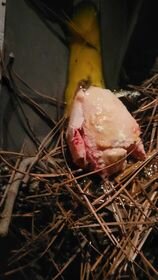 431081083_1692859054454531_8121669029487579198_n.jpg11.3 KB · Views: 9
431081083_1692859054454531_8121669029487579198_n.jpg11.3 KB · Views: 9 -
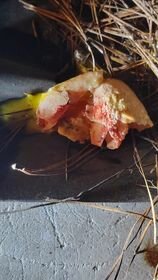 429894252_1461825841344357_6527990779238004923_n.jpg11.9 KB · Views: 8
429894252_1461825841344357_6527990779238004923_n.jpg11.9 KB · Views: 8 -
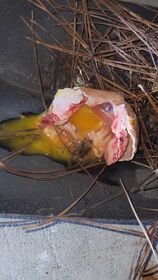 429885558_368993456009561_85169005218758984_n.jpg11.8 KB · Views: 8
429885558_368993456009561_85169005218758984_n.jpg11.8 KB · Views: 8 -
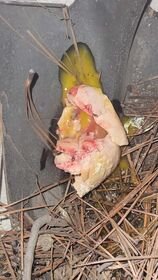 429847036_1786285305204447_8411789238688829185_n.jpg13.3 KB · Views: 7
429847036_1786285305204447_8411789238688829185_n.jpg13.3 KB · Views: 7 -
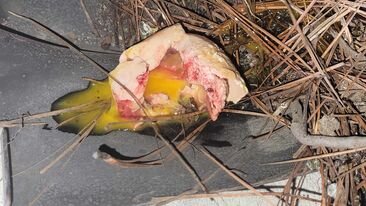 429799478_2287556334771200_4004469396528592266_n.jpg23.6 KB · Views: 6
429799478_2287556334771200_4004469396528592266_n.jpg23.6 KB · Views: 6 -
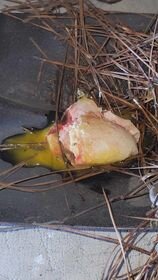 429088394_1439549630322096_9057285854964480802_n.jpg12 KB · Views: 6
429088394_1439549630322096_9057285854964480802_n.jpg12 KB · Views: 6




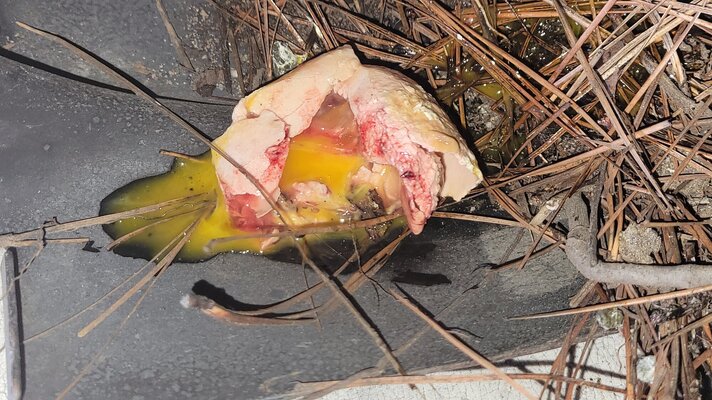
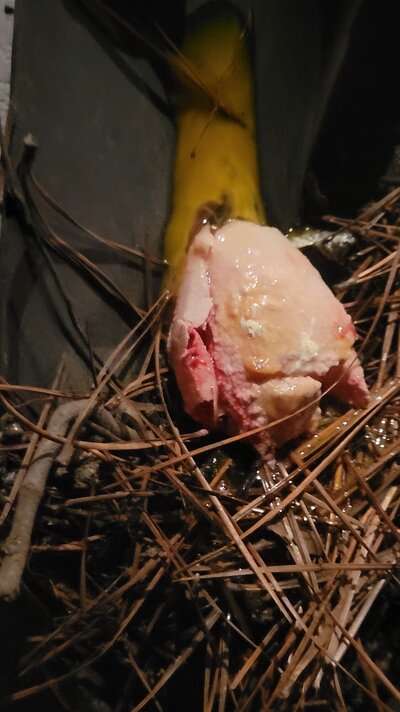
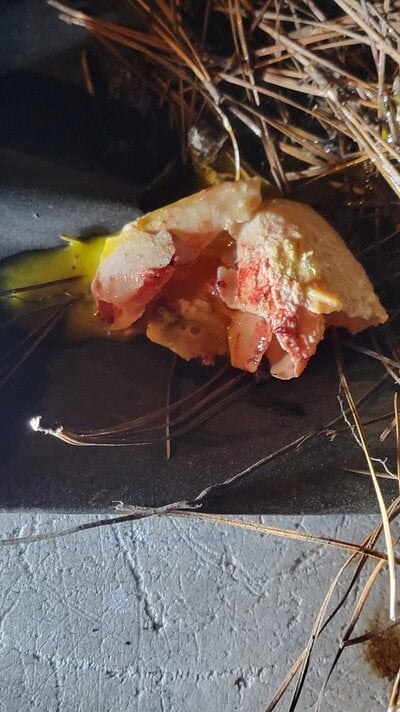
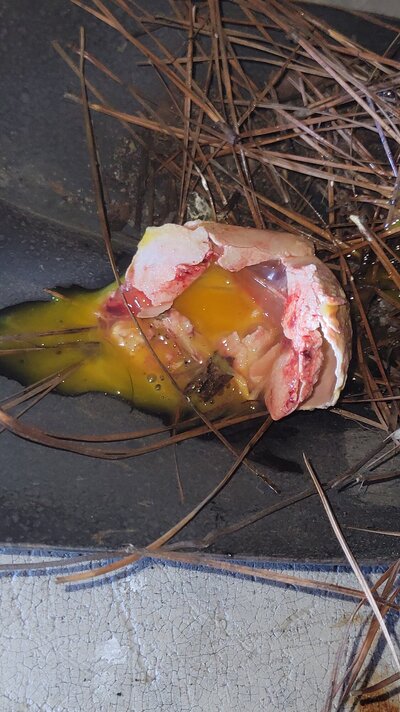
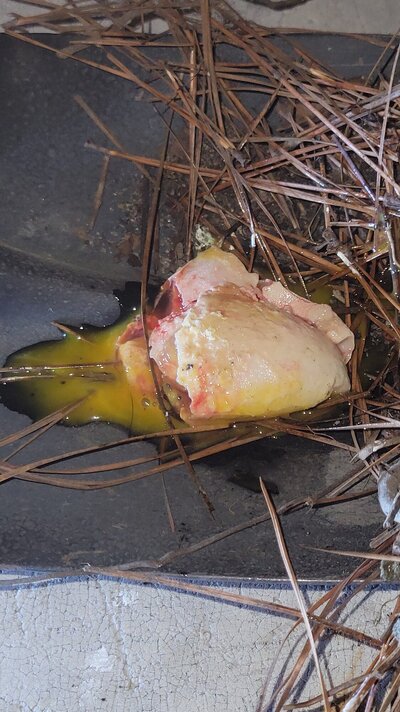
 .
.